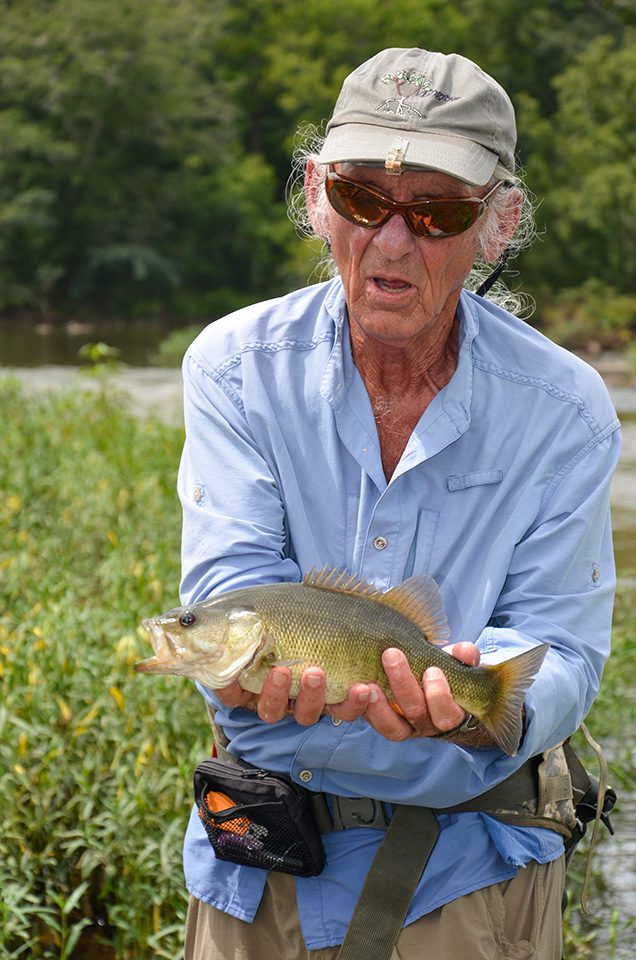By Nick Carter
When it comes to warm water species and fly fishing, shoal bass are about as fun as it gets. Worldwide, these pugnacious river bass are native to only one river system: The Apalachicola-Chattahoochee-Flint River Basin, and the swift-water habitat they prefer was years ago reduced to stretches between dams in Georgia, Alabama and Florida.
While Georgia claims the healthiest native, reproducing populations of the species in the Flint River and in pockets of the Chattahoochee River, the situation is a little more tenuous for Florida’s shoal bass. According to the Florida Fish and Wildlife Conservation Commission (FWC), The 95-mile-long Chipola River is the last remaining waterbody in the state with a known naturally reproducing shoal bass population. The species was dealt a massive blow in 2018, when Hurricane Michael ripped over the Panhandle and depleted more than 90 percent of the Chipola’s shoal bass population.
FWC stepped in to suspend harvest and possession of shoal bass in the Chipola River and its tributaries. Then they began hatching and releasing genetically pure shoal bass into the river. The effort appears to be working.
Over the last two years, 11,000 fingerling shoal bass have been stocked into the Chipola. In subsequent samplings, DNA analysis showed more than 60 percent of yearling fish sampled came from these stockings.
“The stockings over these past two years have certainly made an impact on the population; shoal bass that were stocked last year are already within the 9-10 inch range,” said FWC biologist Andy Strickland.
This is the first time genetically pure shoal bass have been successfully raised in an FWC hatchery, which is a big deal because genetic impurity is one of the largest threats shoal bass face. Across their small native range, interbreeding with introduced non-native black bass species like Alabama bass and spotted bass has muddied the gene pool except in small pockets where genetically pure populations are isolated from interlopers.
“It is extremely encouraging not only to successfully spawn this species in a hatchery setting but also to document the significant contribution the hatchery-reared fingerlings have made to the existing shoal bass population in the Chipola River to date,” said Bob DeMauro, Hatchery Manager at FWC’s Blackwater Research and Development Center.
Biologists will continue to monitor the Chipola River shoal bass population and evaluate the contribution of these stocking efforts to the adult population in years to come.
To learn more about a great shoal bass fishery, see flyfishga.com.
